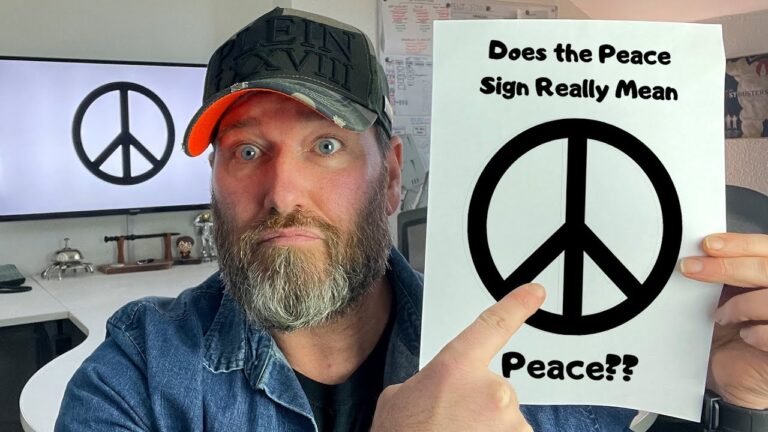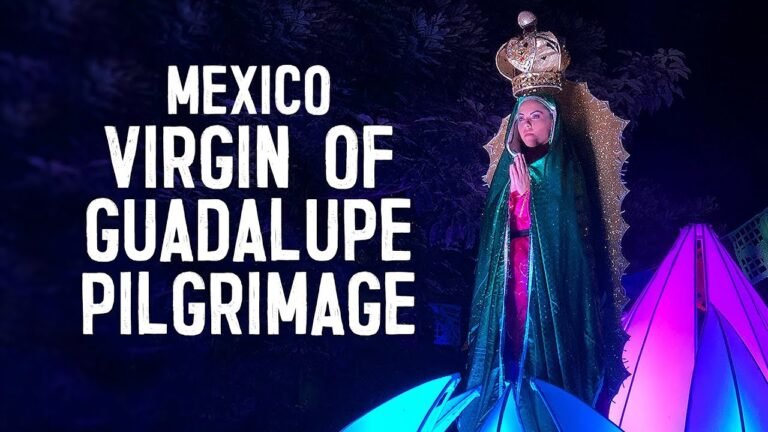Understanding the Meaning of the Peace Symbol
The peace symbol, an iconic emblem recognized worldwide, carries a profound meaning that transcends borders and cultures. Originally designed in the late 1950s for the British nuclear disarmament movement, it has evolved into a universal representation of hope, harmony, and the relentless pursuit of non-violence. As societies grapple with conflict and division, the peace symbol serves as a powerful reminder of our collective aspiration for tranquility and understanding, inspiring generations to advocate for a more harmonious world.
What is the meaning of the ☮ symbol?
The peace symbol, represented by the iconic ☮, stands as a powerful emblem advocating for harmony over conflict. This universally recognized symbol conveys a profound message: a desire for peace in place of war. Its simplicity and clarity resonate with people around the world, making it a timeless reminder of the ongoing quest for tranquility and understanding in our societies.
What is the significance of the sign of peace?
The sign of peace has evolved into a powerful emblem that transcends borders and cultures. Originally designed for the British nuclear disarmament movement in the late 1950s, it quickly captured the hearts and minds of individuals advocating for a world free from the threat of nuclear weapons. Its simple yet profound design resonated with those yearning for harmony, making it an ideal representation of collective hope for a peaceful future.
As the symbol gained traction, it became associated with various social movements, particularly those championed by American civil rights activists inspired by Martin Luther King Jr. The connection between the sign of peace and the quest for equality further solidified its importance in the global dialogue surrounding justice and nonviolence. The emblem was adopted by the “1968ers” and the counterculture movement of the hippies, solidifying its role as a beacon for change.
The widespread protests against the Vietnam War catapulted the sign of peace into international prominence, transforming it into a recognizable icon of dissent and solidarity. Its appearance at rallies and demonstrations around the world underscored a shared desire for peace and an end to conflict. Today, the sign continues to symbolize hope and unity, reminding us of the enduring human spirit’s quest for a world defined by compassion and understanding.
What does the peace sign mean?
The peace sign, originally conceived in the 1940s to symbolize the “end of war,” gained widespread recognition during the American peace movement of the 1960s. It has since evolved into a universal emblem of peace and friendship, embraced by various counter-culture and social movements around the globe. This iconic symbol serves as a powerful reminder of humanity’s collective desire for harmony and understanding in a world often marked by conflict.
A Deep Dive into Its Origins and Significance
The intricate tapestry of human culture is woven with threads of tradition, innovation, and shared experiences, each contributing to our collective identity. From ancient rituals that connect us to our ancestors to modern practices that embrace technology, the evolution of cultural expressions reflects our values, struggles, and aspirations. Understanding the origins and significance of these cultural elements reveals not only the history of societies but also the universal themes that bind us together. By exploring these layers, we gain insight into the diverse narratives that shape our world, fostering a deeper appreciation for the richness of human experience and the ongoing dialogue between past and present.
Unpacking the Symbols of Peace Through History
Throughout history, symbols of peace have evolved, reflecting the values and aspirations of societies at different times. From the olive branch of ancient Greece, representing victory and reconciliation, to the dove that has become synonymous with peace in various cultures, these symbols communicate a universal desire for harmony. The peace sign, designed in the 1950s for the nuclear disarmament movement, encapsulates the urgent call for global safety and unity in the face of existential threats. Each symbol carries a rich tapestry of meanings, reminding us that the quest for peace is both a personal and collective journey.
As we unpack these symbols, it becomes clear that they often arise in response to conflict and strife, serving as beacons of hope. The lotus flower in Eastern traditions symbolizes purity and enlightenment, emerging from muddy waters to bloom in serenity, embodying the resilience of the human spirit. Similarly, the rainbow flag emerged as a symbol of diversity and acceptance, promoting peace within communities marginalized by prejudice. By understanding these powerful representations, we can appreciate the ongoing struggle for peace and the shared human longing for a world free from violence and discord.
The Evolution of the Peace Icon: From Protest to Popularity
The peace icon, originally rooted in the anti-nuclear movement of the late 1950s, has undergone a remarkable transformation over the decades. Initially designed as a symbol for disarmament and protest, the emblem was adopted by activists around the globe, serving as a rallying point for those demanding an end to war and violence. Its simple yet powerful design resonated with a generation yearning for change, making it a staple of demonstrations and a visible mark of dissent against militarism.
Today, the peace icon has transcended its protest origins, evolving into a universal emblem of hope and unity. It adorns everything from fashion to home decor, reflecting a widespread desire for harmony in an increasingly fragmented world. This shift highlights how symbols can adapt and gain new meanings, transforming from tools of resistance into expressions of collective aspiration. As the peace icon continues to permeate popular culture, it serves as a reminder of the enduring pursuit of peace and the power of visual language in uniting people across diverse backgrounds.
Cultural Interpretations: What the Peace Symbol Means Today
The peace symbol, originally designed for the British nuclear disarmament movement in the late 1950s, has evolved into a universal emblem of hope and harmony. Today, it resonates across diverse cultures and communities, transcending its origins to represent a collective desire for peace in an increasingly tumultuous world. Its simple yet powerful design—a circle with a downward-pointing fork—has become a recognizable marker for countless movements advocating for social justice, environmental sustainability, and global unity.
In contemporary society, the peace symbol is often embraced by younger generations who utilize it to voice their concerns about pressing issues such as climate change, racial equality, and human rights. This adaptation reflects a broader shift toward inclusivity, as the symbol is reinterpreted in various contexts, from art and fashion to digital activism. The peace symbol serves as a rallying point, uniting individuals across different backgrounds in their quest for a more compassionate and equitable future.
As the world grapples with persistent conflicts and challenges, the peace symbol continues to inspire dialogue and action. It encourages individuals to reflect on their values and the importance of fostering understanding among diverse cultures. By embracing this icon, people not only pay homage to its historical significance but also contribute to a modern narrative of peace that is vital for global harmony and coexistence.
Beyond the Circle: The Peace Symbol’s Journey in Society
The peace symbol, originally designed in 1958 for the Campaign for Nuclear Disarmament, has transcended its roots to become a universal emblem of hope and unity. Over the decades, it has been embraced by various movements, from the civil rights struggle to environmental activism, evolving into a visual shorthand for social change. As it adorns everything from protest banners to fashion statements, the symbol reflects society’s ongoing quest for harmony and justice. Its enduring presence serves as a reminder that the aspiration for peace is a shared human desire, resonating across cultures and generations.
The peace symbol, initially born from the anti-nuclear movement, has evolved into a universal emblem of hope and harmony across diverse cultures. Its simple yet powerful design resonates with a global audience, reminding us of the enduring human desire for unity and understanding. As we navigate a world often fraught with conflict, the peace symbol serves as a beacon, encouraging dialogue and fostering connections that transcend borders and beliefs. Embracing its meaning can inspire collective action towards a more peaceful future, where empathy and cooperation reign supreme.







